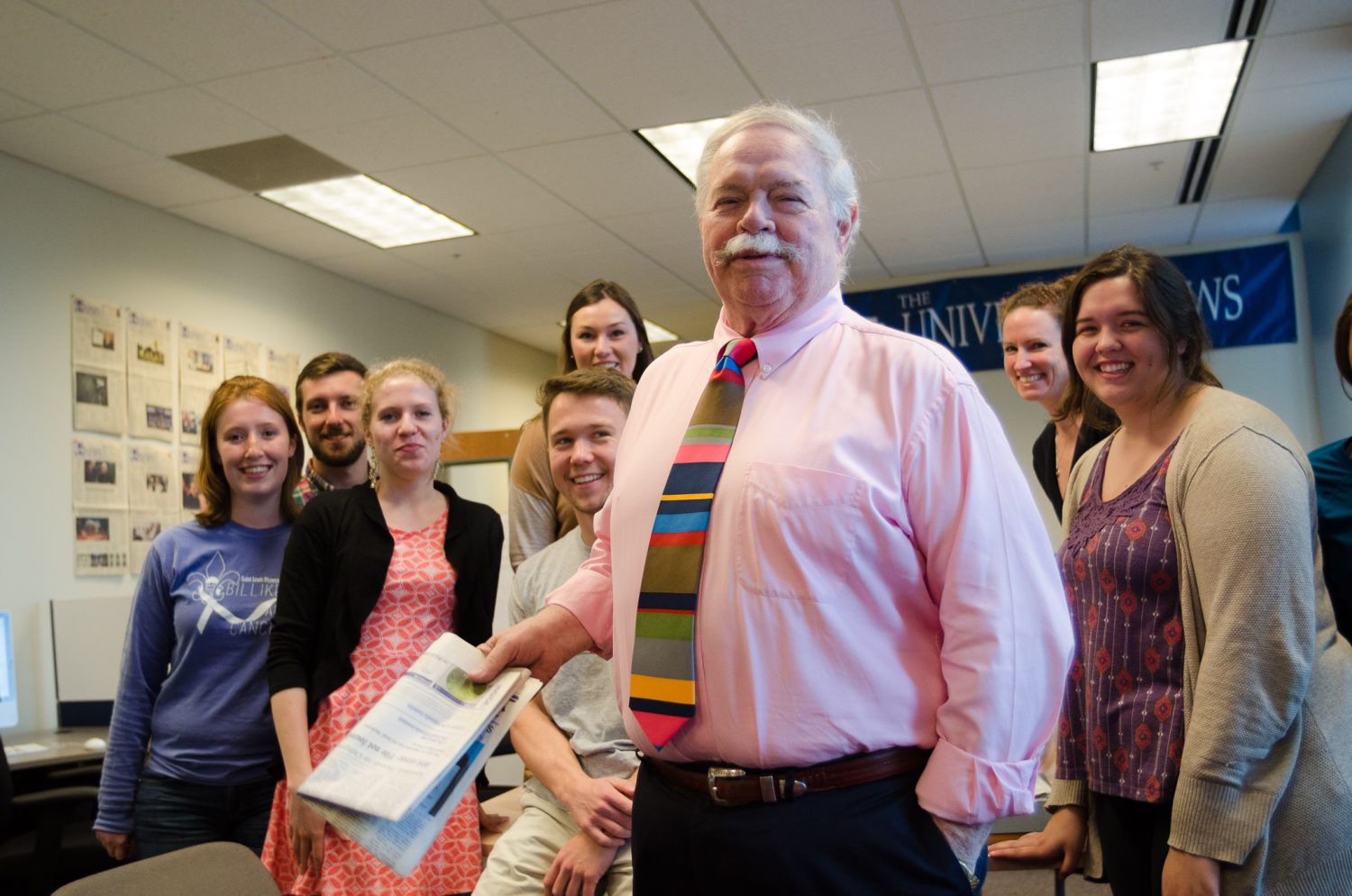With the opening of his documentary about America’s culture of violence, Bowling for Columbine, Michael Moore seems to set a rather static agenda: utter mockery of people who do not need any help looking foolish. As funny as the initial moments of humor are for Moore’s sympathizers, they are not nearly as effective as sequences in which Moore takes seriously the tragedy of violence and compassionately searches for the reasons why it exists.
The first few scenes of Bowling are guaranteed to draw laughs from most people. Among other things he visits a bank that is also a licensed gun dealer, opens an account for the sheer purpose of getting one of the guns they keep in their vault, then goes to a barber shop where he buys bullets and loads the gun while getting his hair cut, dropping some of the bullets as he does. Of course, onlookers act as if he is more than a little clumsy.
A few scenes later, Moore interviews James Nichols, brother of Terry Nichols, at his farm in Michigan. Moore sits at one end of a kitchen table, Nichols at the other end, in what looks like a scene from a Christopher Guest movie. The camera pans between a passionate Nichols and a dead-pan Moore, straining to look objective.
There are also moments near the beginning when you wonder how savage Moore will be. One sequence begins innocent enough–footage of gun shows set to the Beatles’ “Happiness is a Warm Gun”–only to slip rather subtly into graphic footage of people accidentally shooting themselves, as John hits his high note.
The tone set by that short, shocking sequence gives a taste of how powerful Moore’s editing can be. In probably the best sequence in the film, Moore responds to a Lockheed Martin official’s remark that America, essentially, is not a global bully, with a montage of footage of American incursions overseas beginning in 1953 and ending with the Sept. 11 attacks–all set to Louis Armstong’s “Wonderful World.” Perhaps the Armstrong is a bit much, but it’s hardly noticeable in light of the footage.
So who has the answer Moore is looking for? Well, everyone seems to have an answer and that is where Bowling finds its anchor–the dogged search. No one will be able to say Moore dismissed any theories without first researching them. When enough people cite Canada as a foil, Moore goes there; when race comes up, Moore goes to South Central Los Angeles.
There are some parts in his search at which you feel Moore has entirely lost his focus. One tangent explores the welfare system in Flint, Mich., where a 6 year old black boy whose mother was on the program shot a classmate; another has Moore and two Columbine victims successfully asking Kmart to stop selling handgun bullets.
Yet these digressions seem to show one important thing: Moore is a filmmaker who could not possibly hold the power of a national audience and not show it the things he feels really matter. There is very little art to Moore’s process, and in true documentary style, Moore has only needed, to point and shoot to capture all the humor, pain and knowledge he can fit into one movie.
It is a good bet not many people who enter Bowling disagreeing with Moore will be entirely swayed, but if they give Moore the two hours he deserves they will quite possibly be a little more open to Moore’s only solid conclusion: Fear controls Americans much more than they realize.



